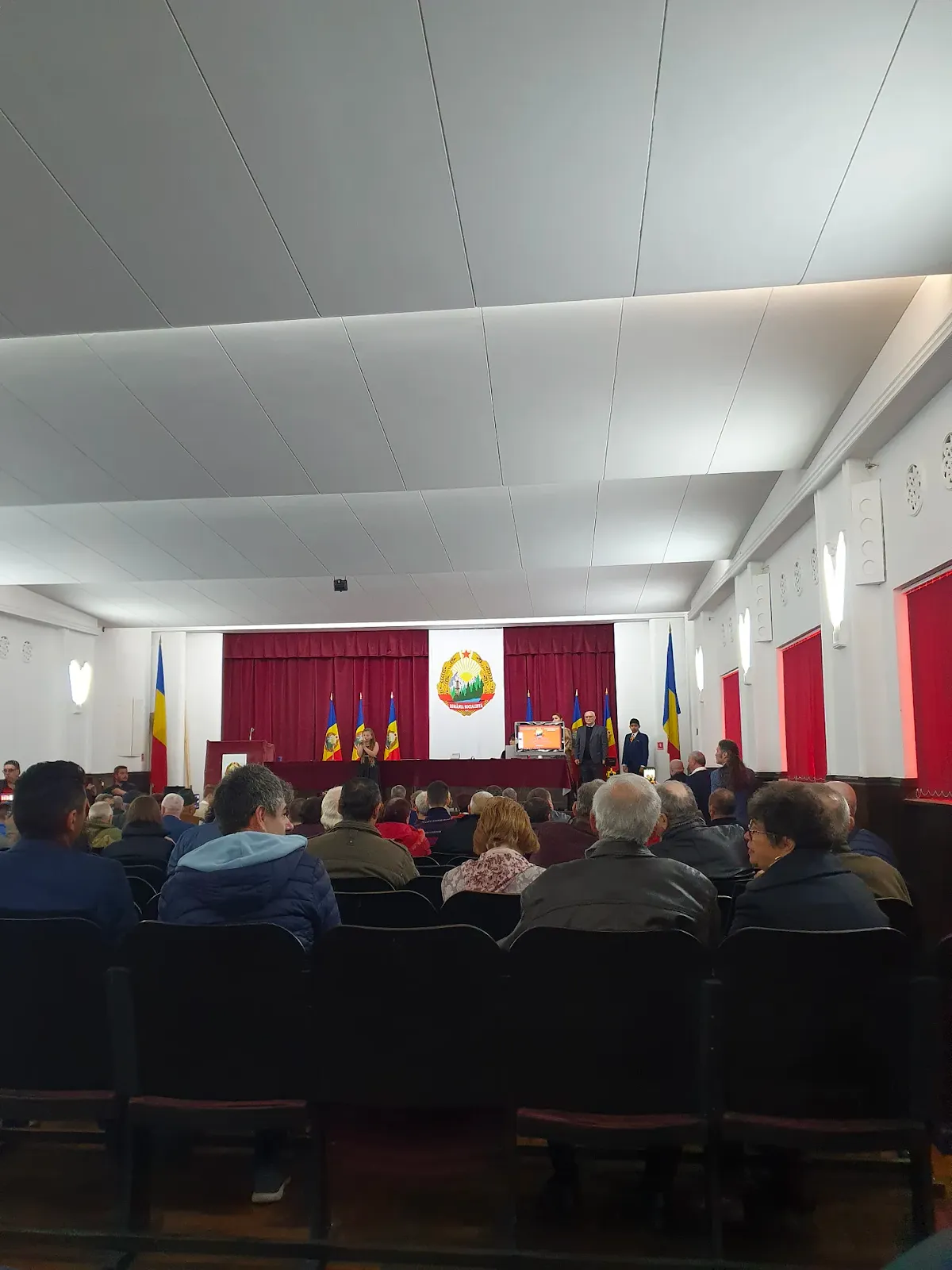The Romanian budgetary adjustments, presented by the Finance Minister Florin Cîţu this week, illustrated how money is taken from those that lack funds – social services and education – and given to those who already have a lot – the security apparatus. Boyan Stanislavski and Maria Cernat tried to analyze the implications of these budgetary adjustments in their weekly podcast on 15 August 2020.
Maria Cernat has been studying and criticising the budgetary allocations for Romanian secret services for quite some time. Being an academic, she has conducted research on the relationship between the secret services and the media, done interviews with people from these circles, and taught courses in a security studies MA program. But in her view there is a legitimate concern that the influence of those institutions on society has gone beyond reasonable boundaries. For example, there is no regulation preventing secret services from infiltrating the media and this proves to be highly problematic since it risks undermining the role of the free press in a democratic society. The security institutions have always been spoiled in terms of budgetary allocations while education and social services are constantly defunded.
The possibility to infiltrate the media offers secret services the power to promote their own agenda. One of the key points on this agenda is to inflate the Russia scare as much as possible. Boyan and Maria observe how traditional anti-Russian attitudes in Polish and Romanian societies are used to engender in the public a fear of Russia as an absolute evil, which keeps these populations traumatised and hostages to “the benevolent defenders”: dependent on political leaders they perceive as saviors. But every Russian-speaker can observe while reading the Russian press that the media coverage of Poland and Romania is very limited – it is almost as if they don’t exist. It is through ideas such as Fort Trump – a possible American military base in Poland, paid for by the Polish state, that the countries of Central and Southeastern Europe attract Russian attention. It might be very useful for the states of Poland and Romania if they increase their strategic importance on the Eastern flank of NATO, but what happens if those states actually manage to provoke a Russian reaction? It is easy for the United States to make a battle front in Eastern Europe, given that it is an ocean away from Russia, but is it wise for small states such as Romania and Poland to engage in such a confrontation?
In the last part of the discussion, Boyan and Maria again return to the issue of the LGBT community becoming a useful scapegoat of the Polish government. The Law and Justice party came to power in 2015 by being able to launch one conspiracy theory after another. They managed to gain power and then to maintain it by emotionally disbalancing society. Now they portray Poland as a besieged fortress currently under attack by people with rainbow flags!
It is a spectacular twist on the prison state and insular mentality that first started being affirmed in our region in the context of the Russian menace. If we are hostages to the politicians that have the power to scare us all the time we will, sooner or later, be overcome by Stockholm syndrome.










